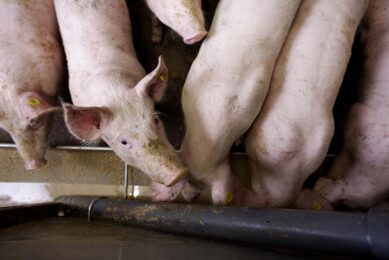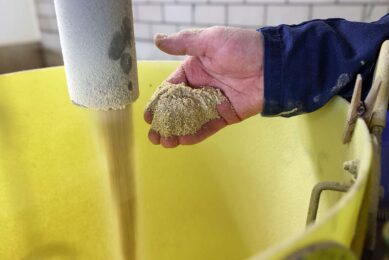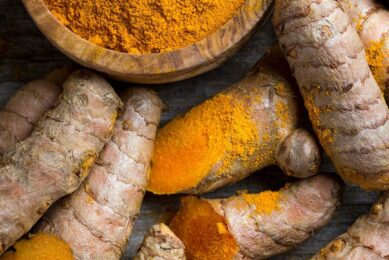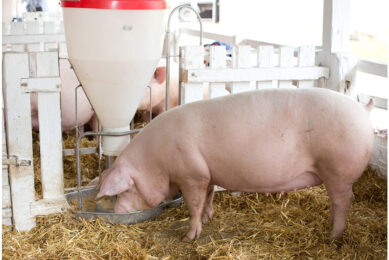Managing risk – from the nutrition desk
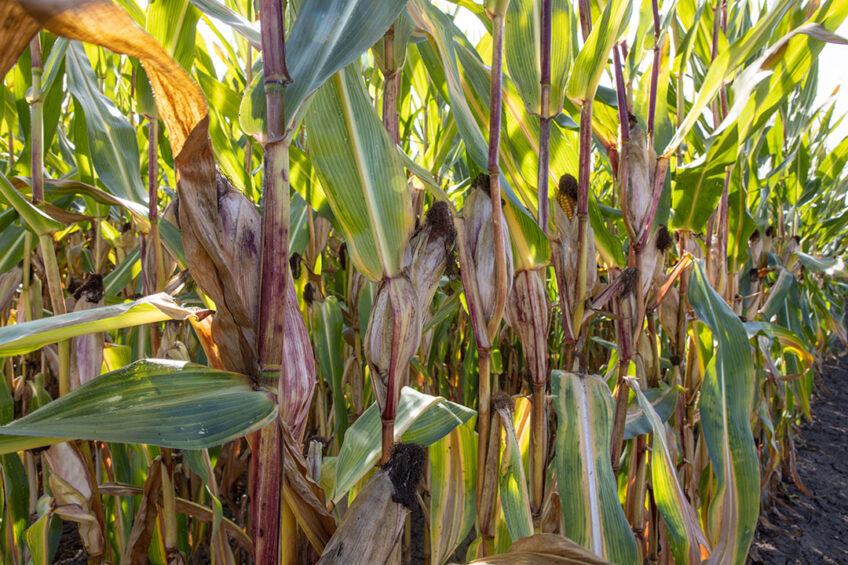
In my last column, I touched on critical nutrition components in our markets’ current state of uncertainty. But with spring planting in full swing here in the northern hemisphere, it sparked further discussion around the mitigation of risk for swine producers and what role nutritionists should play in this arena.
Risk is a normal component of agriculture and is at the forefront of all farmers’ minds when making business decisions for their operations. Our risk can come from many factors: weather, politics, market conditions and biological systems in general. And as we see today, politics have created a lot of uncertainty and potential risk beyond our usual ebb and flow within agriculture.
I find it interesting that veterinarians rarely discuss the changes in vaccination or antibiotic programmes with the nutritionist
Test plot
It is on a rare occasion that the nutritionist sits down with the agronomist and CFO of an operation and discusses crop rotations, and the wish list of the nutritionist is often antagonistic to the wish list of the agronomist. A great example of this from my career was running a test plot with a customer utilising several different hybrids to determine the best corn genetics for both yield and feed quality (energy). Well, yield won out as the best hybrid for corn quality was the lowest yield and thus the economics were irrelevant.
Timing of nutritional strategies
I also find it interesting that veterinarians rarely discuss the changes in vaccination or antibiotic programmes with the nutritionist. The role of the veterinarian is to reduce the risk of disease in the system, either by keeping it out or managing an endemic situation. But as a nutritionist, I have always been interested in optimising immunoglobulin levels in sows, and ultimately colostrum and milk, while also fortifying the diet properly in a stress situation to help the pig deal with any challenge, even if it is a mild vaccine reaction. The timing of nutritional strategies is key to optimising the immune system and requires an orchestrated programme from all parties: management, nutritionists and veterinarians.
Forecasting
In the past, I also worked closely with the purchasing department and built models on when to buy or not to buy specific ingredients. Hedging risk is the ultimate strategy deployed today, but the current global situation has left producers vulnerable around the world, either from increasing input costs or lack of inputs altogether. Forecasting is essential for any nutritional programme to be applied correctly, and that is why the nutritionist should be at the table when discussing these topics.
Some key data to consider for ingredient forecasting and risk management are:
- Production numbers for the last 5 to 10 years;
- Historical weather data;
- Ingredient quality information for the last 5 to 10 years by different suppliers;
- Crop reports and historical data;
- Market data and trends for feed additives, especially amino acids;
- Ingredient storage capabilities and shelf life of ingredients;
- Cash flow and financial reserves; and
- Regional disease monitoring and projected losses in a disease break for your operation.
Take charge of the situation
Of course, we could go on and on with everything to consider when mitigating risk, but nutrition today has gone beyond meeting the animal’s nutrient requirements in the least-cost way. Take charge of the situation and start asking questions and learning how you can be part of the risk mitigation for your system.



